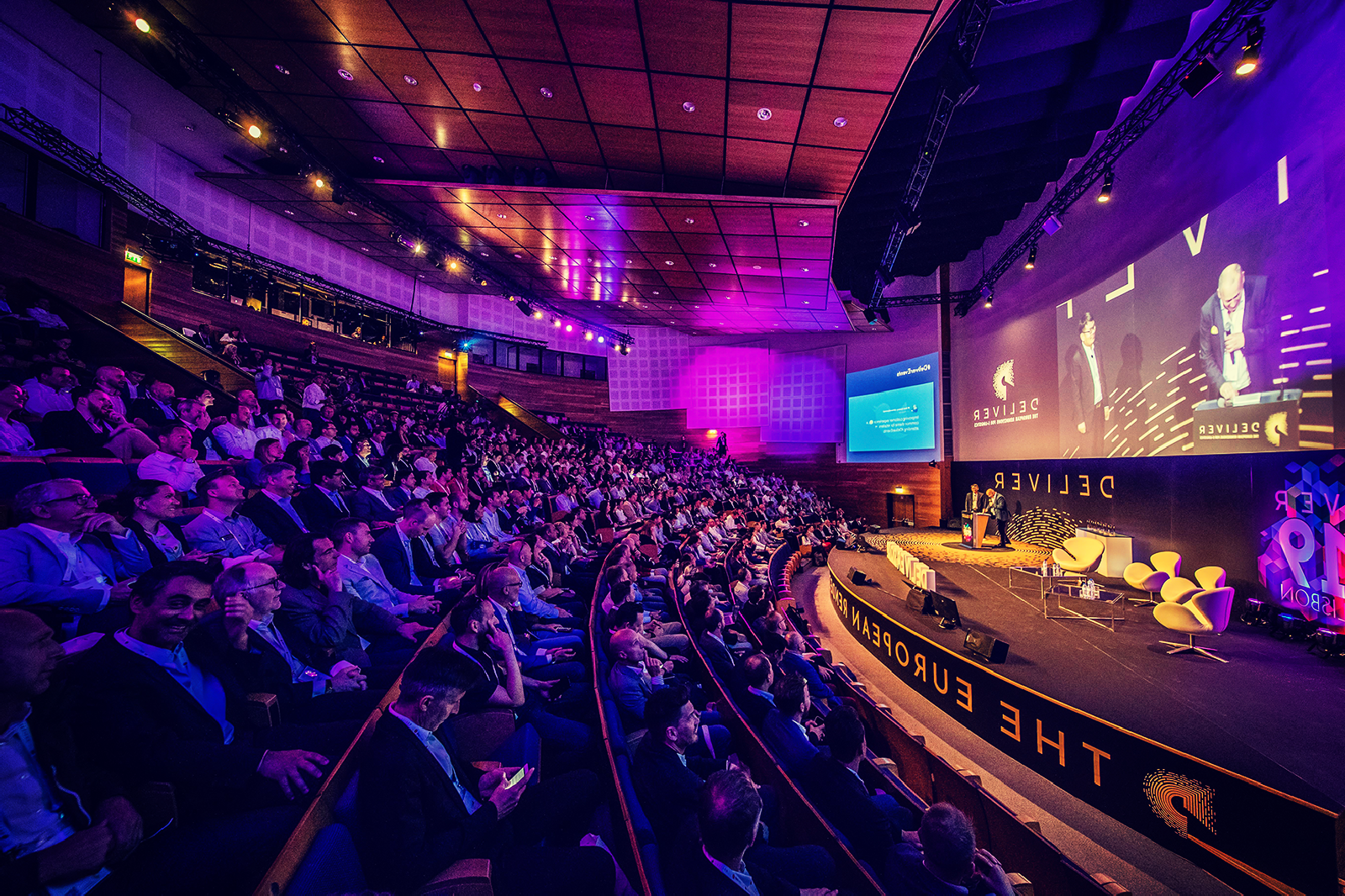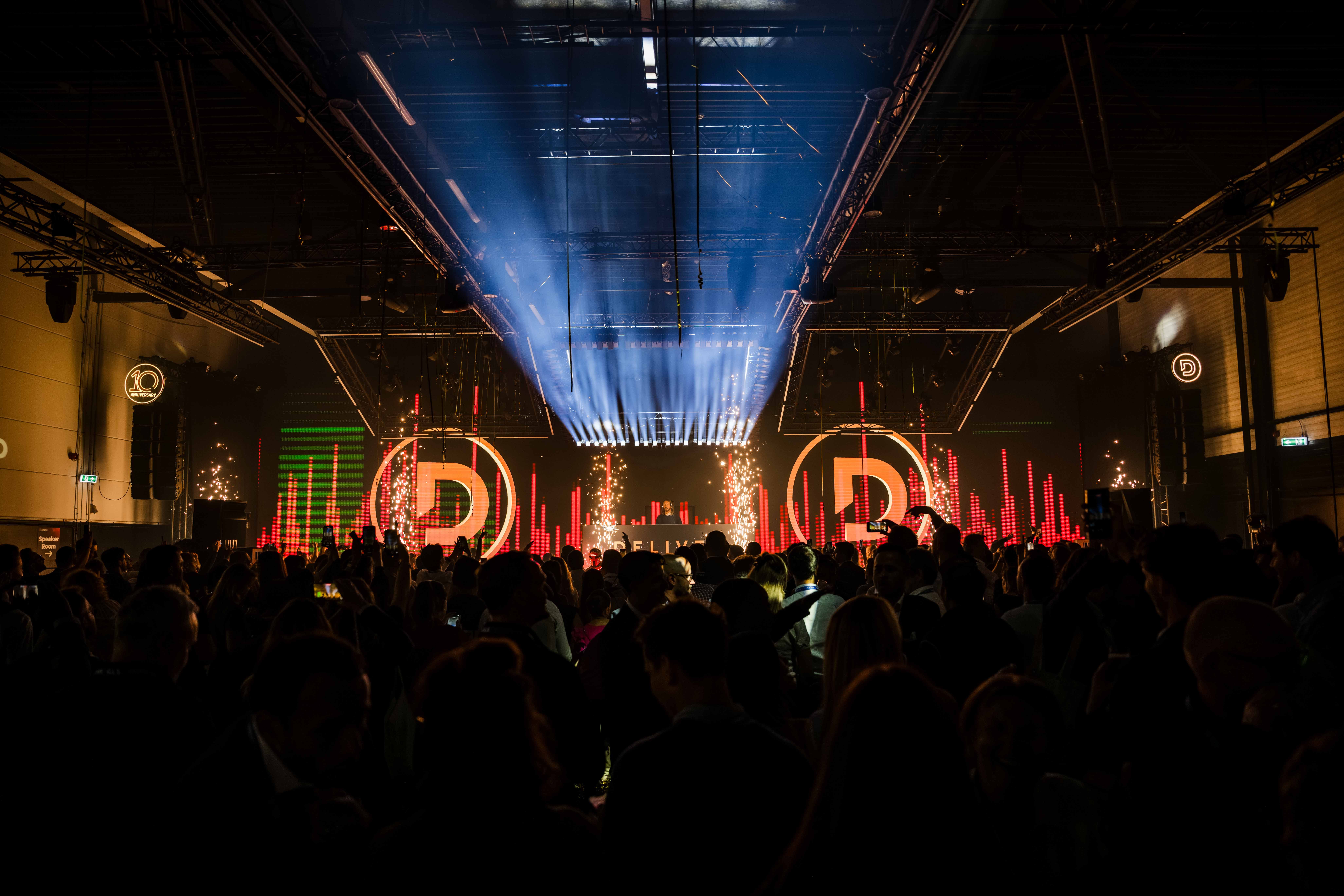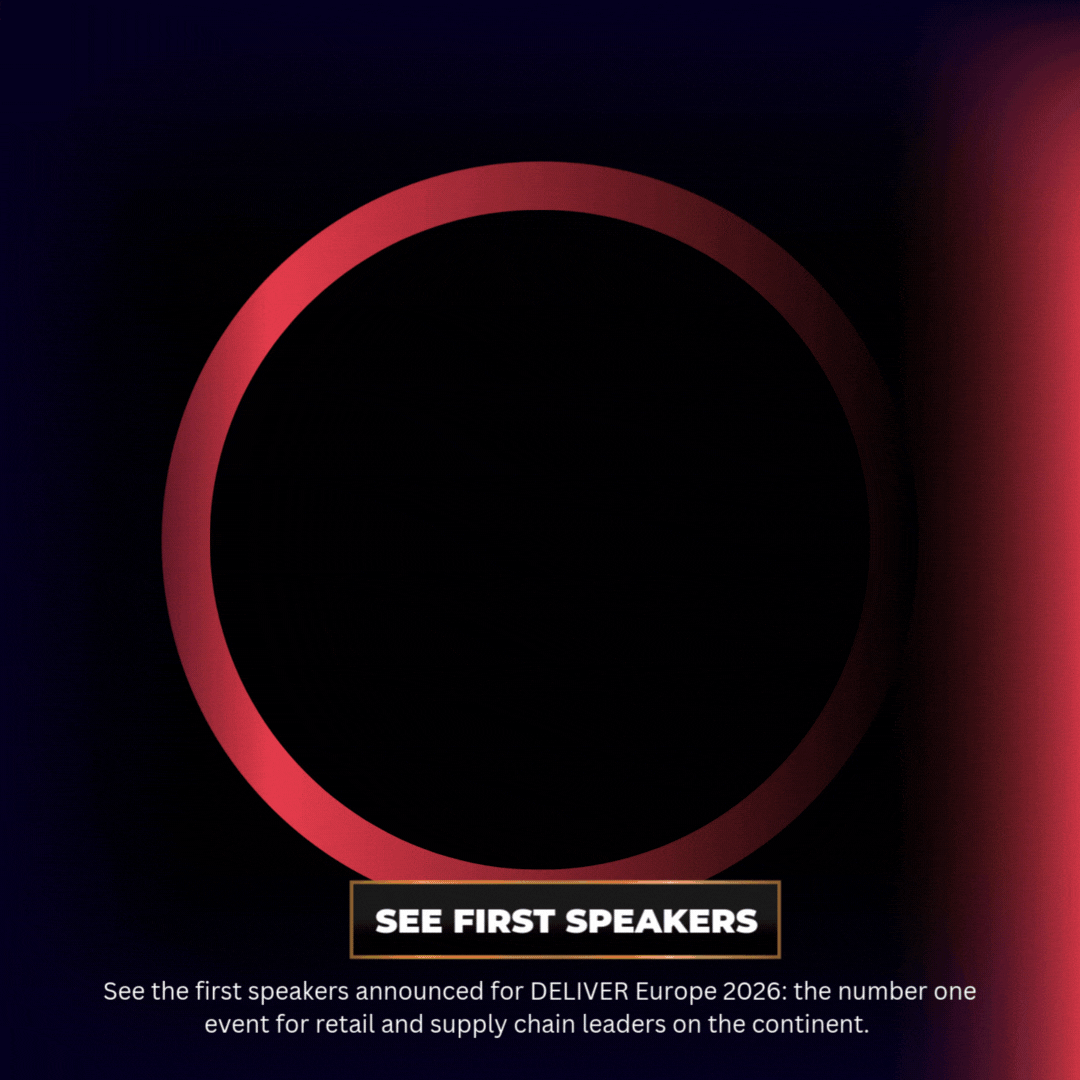Think Strategic: How Siemens Is Future-Proofing the Supply Chain Through Culture & Capability
Think Strategic: Siemens’ Blueprint for a Resilient, Sustainable Supply Chain
At DELIVER Europe 2025, Siemens’ Alexander Tschentscher delivered a keynote that didn’t just explore logistics trends — it challenged attendees to rethink the culture behind supply chain success. In a world where resilience is often a buzzword, Siemens is asking a bigger question: how do we build supply chains that don’t just survive — but thrive?
From Operational Urgency to Strategic Capability
Alexander began with a powerful analogy. After surviving cancer, he shifted from a mindset of resilience to robustness — not just fighting back, but eliminating risk altogether. In supply chain terms, this means moving from constant crisis management to strategic preparedness.
At Siemens, this shift starts with people. Their strategy? Teach everyone to think strategically — from warehouse operations to executive leadership.
The Foundation: Culture Over Tools
Supply chain today is too often defined by automation icons and KPI dashboards. But Siemens believes the heartbeat isn’t data — it’s people.
In a sector obsessed with speed and volume, Siemens is investing in mindset. They’re equipping over 4,000 global employees with structured training in long-term thinking, using tools like:
-
24 hours of annual learning time
-
Self-assessment diagnostics
-
Custom digital learning paths
-
Strategic “bootcamps”
-
University-level immersion programmes
This isn’t just L&D — it’s capability transformation.
Four Disruptive Forces Supply Chains Must Face
Siemens' research identified four structural forces that every modern supply chain must understand:
-
Administration & Regulation – Tariffs and political dynamics are now active inputs into supply chain design
-
Artificial Intelligence – As both a lever and a threat, AI is changing everything from decision-making to workforce planning
-
Workforce Transformation – Gen Z’s expectations differ from Gen X’s — and culture must evolve to reflect that
-
Sustainability Cascading – ESG is no longer a boardroom topic — it’s a hard constraint on operation
Case Study: Localisation over Global Value Sourcing
Siemens’ previous model optimised for cost and scale. But political shifts forced a new reality: localisation. Regulation is now an operating constraint. Circularity and returns — once irrelevant — now matter.
The takeaway? Strategy must be dynamic, not doctrinal. And supply chains must evolve accordingly.
Sustainability as a Strategic Filter
Sustainability at Siemens isn’t just a CSR goal — it’s now part of investment and launch criteria. Regulations, customer pressure, and internal ethics are all driving this shift.
And with most CO2 emissions occurring in supply chains, Siemens sees logistics as a frontline for decarbonisation. Strategic scenario planning and tech-enabled traceability are being built into core operations.
Final Message: Culture Is the Differentiator
The keynote ended with a call to action:
“If you don’t have a strategy, you’ll be part of someone else’s.”
For Siemens, the key to future supply chain success isn’t just infrastructure, AI, or scale — it’s creating a culture where strategy lives in every person, every process, every decision.



